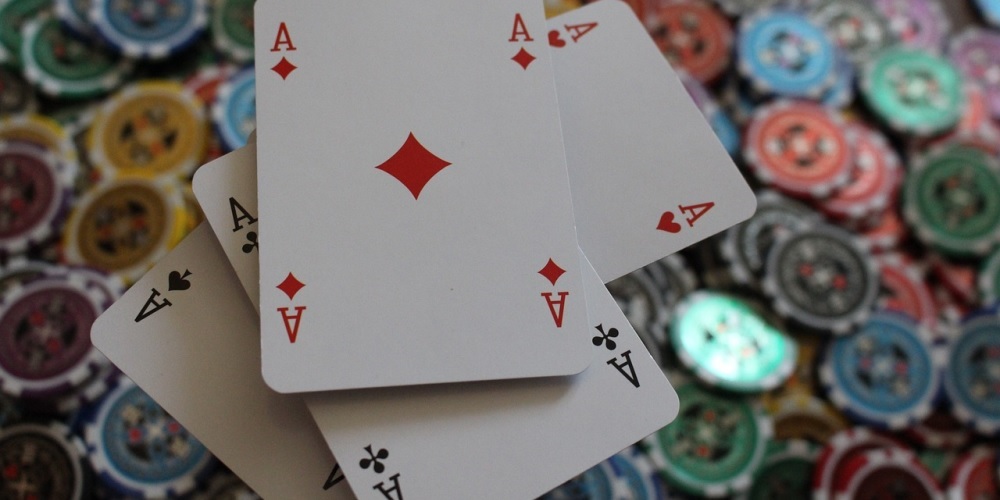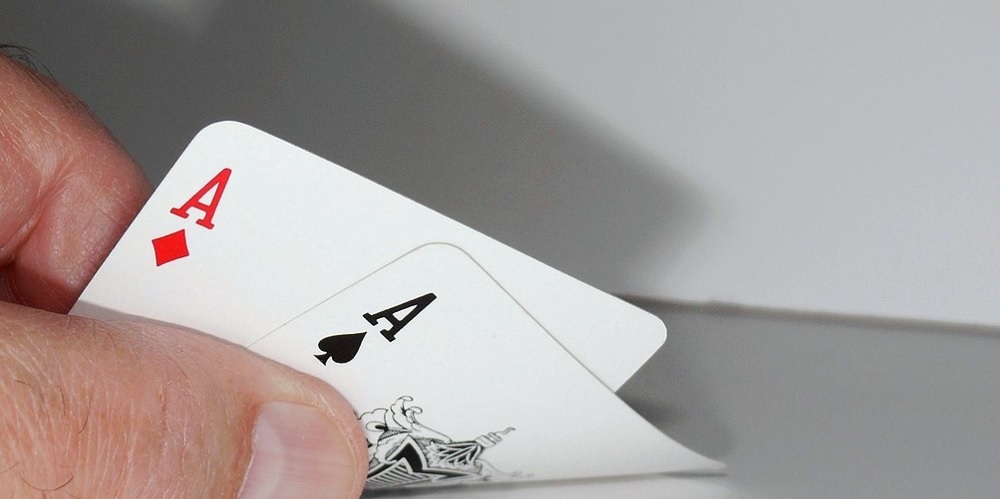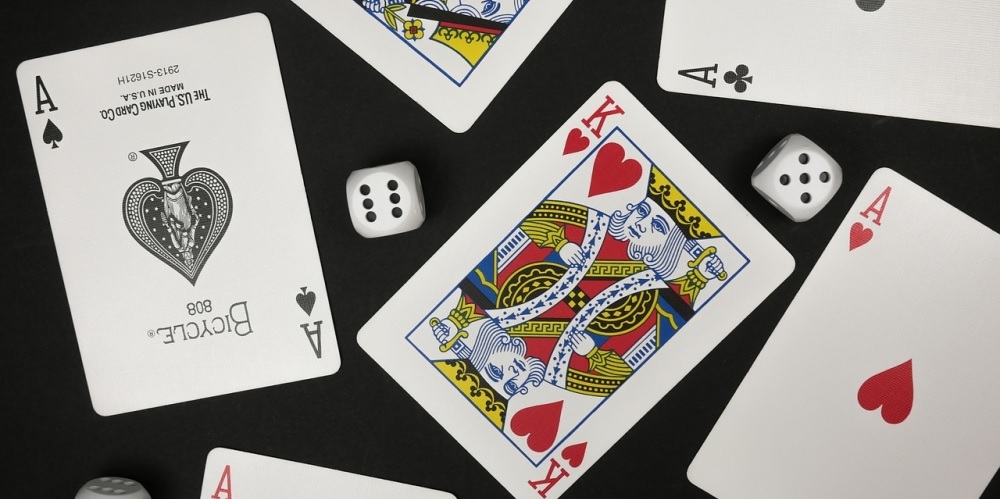Knowing the hierarchy of hands in poker is fundamental. The strength of the cards is the direct pass to victory and the pot, so it is important to know not only how to form winning hands in poker, but also the order in which they are established according to the modality.
We are going to take as a reference the Texas Hold’em games, which have the most common order of winning hands in poker and which is used in other types of games apart from the traditional NLH tables.
What are the winning hands in poker?

The poker winning hands by antonomasia are the straight flush and poker. The full house, although a strong hand, is below two other premium hands. That is why, when faced with the possibility of hitting a Full House, many players hesitate whether or not to continue in the game. It all depends on the calculation of odds and outs that they make, and on the probabilities that the opponent has of forming a straight or a poker.
This is without taking into account the strongest version of the straight flush, the royal flush. We explain it below with illustrative examples, but, in essence, we are dealing with a revitaminized version of a straight flush, only formed with the highest cards of the suit. It is always formed with the ace, the king, the queen, the jack and the ten of the same value. For example, and following the example below: Aª Kª Qª Jª 10ª.
It has no rival, and is, of the winning hands that you can find in poker, the most powerful and also the most difficult to tie.
You may also be interested in:
Order of winning hands in poker

From strongest to least strong, these are the winning hands that in poker you can form:
- Royal flush.
- Model combination: Aª Kª Qª Jª 10ª
- Description: this is the most powerful hand in poker. A straight formed by the highest cards of the same suit results in an unbeatable hand. The hand must be presented in that order for it to be good.
- Straight flush.
- Model combination: 9♥ 8♥ 7♥ 6♥ 5♥
- Description: like the Royal Flush, this is a combination of five cards of the same suit presented in order. Omitting the Royal Flush, this is the strongest hand.
- Poker.
- Model combination: K♥ K♣ K♦ Kª 6♦
- Description: four cards of identical value and a kicker. This is how the hand that shares its name with the game is formed. If a draw were to take place in the showdown, the kicker would be decisive.
- Full House.
- Model combination: Qª Q♥ Q♦ 8♥ 8ª
- Description: hand formed with three cards of the same value, and two other cards of equivalent value. That is, a three of a kind and a pair form a Full House.
- Flush.
- Model combination: K♣ 9♣ 8♣ 4♣ 2♣
- Description: five cards of the same suit must be collected to have the hand known as a “flush”, but they must be NON-consecutive cards.
- Straight.
- Model combination: 7ª 6♣ 5♥ 4♣ 3♦
- Description: five cards of consecutive value and different suit are put together.
- Three of a kind.
- Model combination: 9ª 9♥ 9♦ 3♣ 2ª
- Description: three cards of equivalent value give rise to a three of a kind. The other two cards are usually not decisive.
- Double pairs.
- Model combination: 8ª 8♦ 5♣ 5♥ 3♦
- Description: two different pairs formed by own and community cards give rise to double pairs. The fifth card will be the kicker.
- Pair.
- Model combination: J♦ J♣ 10♥ 7ª 4♦
- Description: two cards of the same value, plus three cards that do not give rise to any higher combination. The result? A pair.
- High card.
- Model combination: K♥ Q♣ 8♥ 7ª 3ª
- Description: it is equivalent to having nothing. Hand consisting of a combination of cards that result in nothing is usually presented as a high card.
The takeaway from all this is that knowing the order of winning hands in poker is critical. That is why it is one of the first things that an amateur player must retain, since it is based on this order that everything that happens in the game is decided.
This order also serves to know the most delicate hands that can make the game a little more complex. For example, intermediate hands such as a Full House, a flush or a straight can work well in certain situations, but they are also easy to beat with a player with a bit of luck in the card deal and a good postflop game.
Not to be missed:

